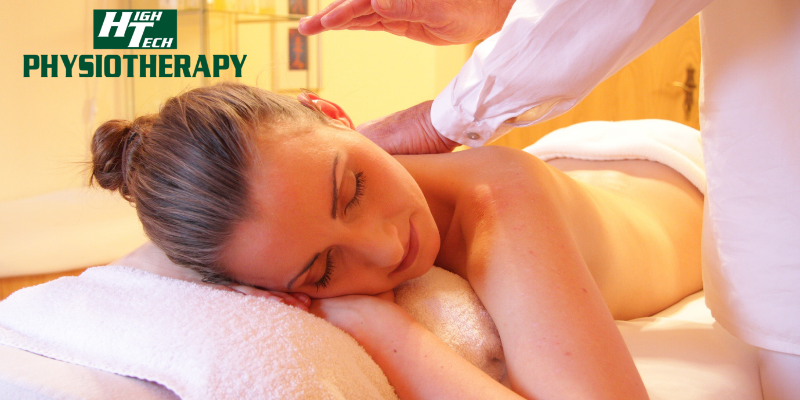

Massage therapy is the systematized manipulation of soft tissues for the purpose of normalizing them. Practitioners use a variety of physical methods including applying fixed or movable pressure, holding, or causing movement to the body. Therapists primarily use their hands, but may also use their forearms or elbows.
The basic goal of massage therapy is to help the body heal itself and to increase health and well-being.
Touch is the core ingredient of massage therapy and also combines science and art. Practitioners learn specific techniques for massage and use their sense of touch to determine the right amount of pressure to apply to each person and locate areas of tension and other soft-tissue problems. Touch also conveys a sense of caring, an important component in the healing relationship.
When muscles are overworked, waste products such as lactic acid can accumulate in the muscle, causing soreness, stiffness, and even muscle spasm.
Massage improves circulation, which increases blood flow, bringing fresh oxygen to body tissues. This can assist the elimination of waste products, speed healing after injury, and enhance recovery from disease.
Therapeutic massage can be used to promote general well-being and enhance self-esteem, while boosting the circulatory and immune systems to benefit blood pressure, circulation, muscle tone, digestion, and skin tone. It has been incorporated into many health systems, and different massage techniques have been developed and integrated into various complementary therapies.
Improve Health and Productivity
Massage has been shown to reduce blood pressure and even increase immunity to colds and flu. Massage improves creative thinking and relieves fatigue, increasing in productivity. Other benefits of massage include:
- Studies show that massage therapy has rapid results. Immediately after massage sessions, participants experienced a change in brain waves in the direction of heightened alertness and better performance.
- The increase in white blood cell count and the local availability of white blood cells enable the body to more effectively protect itself against disease.
- Massage relieves muscular restrictions, tightness, stiffness, and spasms. Because massage promotes muscular relaxation, massage has also been shown to increase muscle length and flexibility.
- Massage can ease or assist in alleviating the symptoms of headache, insomnia, stress, fatigue, muscle pain, digestive problems, TMJ dysfunctions and postural deviations. Massage can also act to speed up the healing process in muscular injuries such as sprains, and strain.
